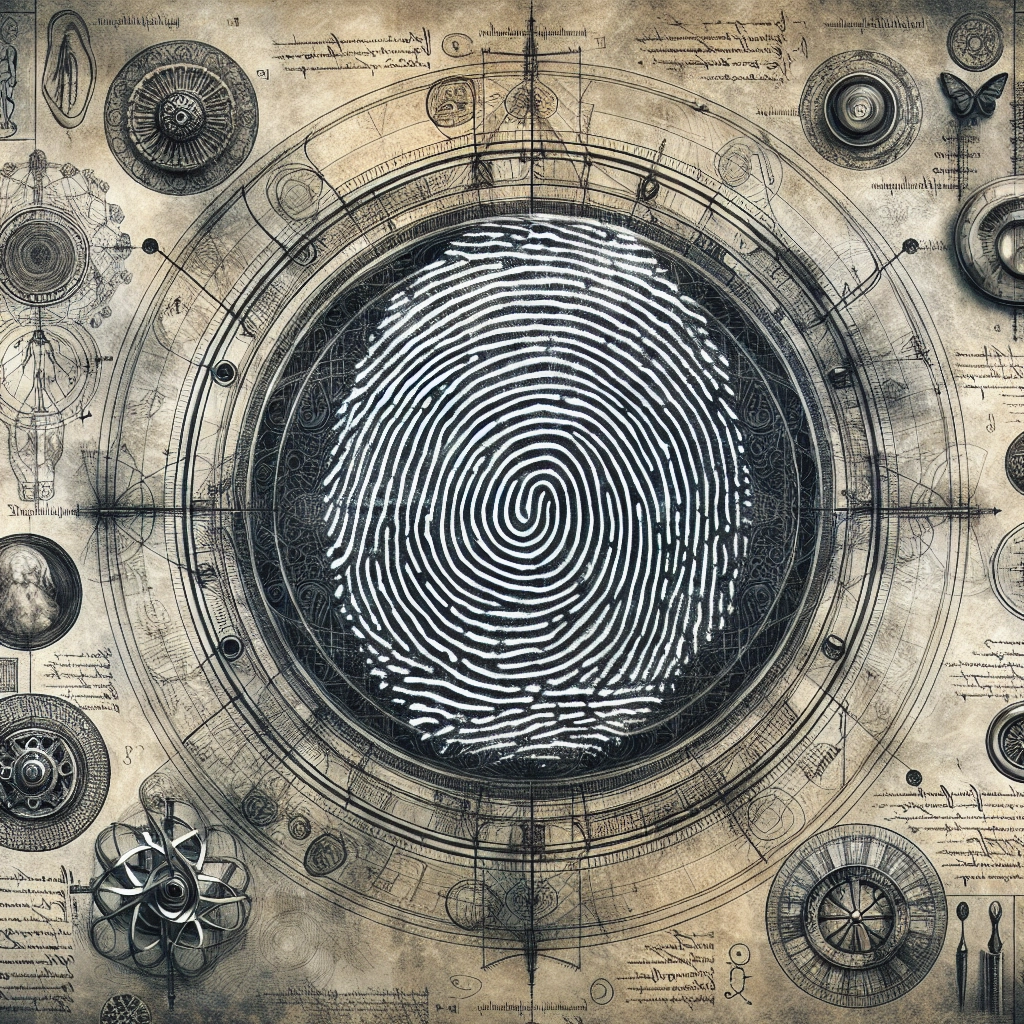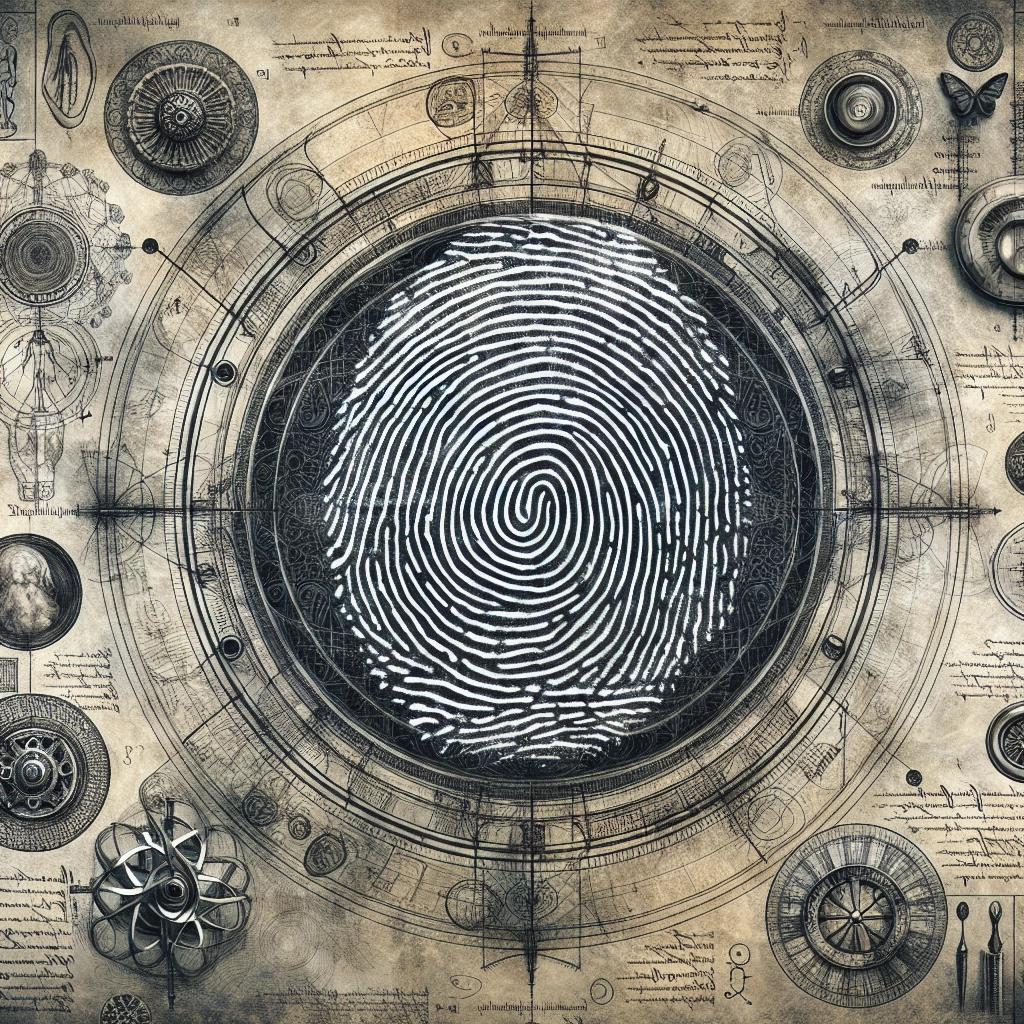The Unique Patterns of Identity: Why Do We Have Fingerprints?
 Quantum Cyber Solutions
Quantum Cyber Solutions

Published on
Friday, May 29, 2020
The Unique Patterns of Identity: Why Do We Have Fingerprints?
=================================================================
Authors

Name
Eric deQuevedo 😄
Twitter
🖐️ The Unique Patterns of Identity: Why Do We Have Fingerprints? 🖐️
Fingerprints are one of the most unique features of the human body, with no two individuals sharing the exact same pattern. These intricate ridges on our fingers have fascinated scientists and laypeople alike for centuries. But why do we have fingerprints, and what purpose do they serve? Let's delve into the biology behind fingerprints, their formation, and their significance in identity and forensic science.
🔬 The Science of Fingerprints 🔬
Fingerprints, also known as dermatoglyphs, are the patterns of ridges and valleys found on the tips of our fingers. They form during fetal development and remain unchanged throughout a person's life.
🧠 How Fingerprints Form 🧠
🧬 Formation in the Womb:
- Development: Fingerprints begin to form around the 10th week of fetal development. The exact pattern is influenced by genetic and environmental factors, such as the position of the fetus in the womb and the density of amniotic fluid.
- Ridge Patterns: The primary ridge patterns—loops, whorls, and arches—are determined by the underlying arrangement of dermal papillae, which are projections of the dermis (the inner layer of the skin) into the epidermis (the outer layer of the skin).
🌍 Types of Fingerprint Patterns:
- Loops: The most common pattern, loops curve back on themselves and form circular or oval shapes.
- Whorls: These patterns form circular or spiral shapes and are less common than loops.
- Arches: The rarest pattern, arches create wave-like shapes that rise and fall across the finger.
🌍 The Functions of Fingerprints 🌍
Fingerprints serve several important biological and functional purposes.
📈 Enhanced Grip:
- Friction Ridges: The ridges and valleys of fingerprints increase friction between the skin and objects, enhancing our ability to grasp and hold items securely.
- Tactile Sensitivity: Fingerprints improve our sense of touch by amplifying vibrations when our fingers come into contact with surfaces, allowing us to detect fine textures and details.
🛡️ Protection:
- Barrier Function: The complex patterns of ridges and valleys help protect the underlying skin from damage and wear by distributing pressure and reducing the likelihood of blisters or cuts.
🧬 Unique Identification:
- Individuality: Fingerprints are unique to each person, including identical twins. This uniqueness makes them an excellent tool for personal identification.
- Forensic Science: Fingerprints are widely used in forensic science to identify individuals involved in criminal activities. The distinct patterns can be lifted from surfaces and matched to known prints in databases.
🌟 The Significance of Fingerprints 🌟
Fingerprints have profound implications for identity verification, security, and forensic investigations.
🕵️ Forensic Applications:
- Crime Scene Investigation: Fingerprints found at crime scenes can be compared to those in criminal databases, helping to identify suspects and solve cases.
- Biometric Security: Fingerprint recognition technology is used in various security systems, such as smartphones, laptops, and access control systems, providing a reliable method of authentication.
📜 Historical Perspective:
- Ancient Uses: The use of fingerprints for identification dates back to ancient civilizations. For example, ancient Babylonians used fingerprints on clay tablets for business transactions.
- Modern Forensics: The systematic use of fingerprints in modern forensics began in the late 19th century, revolutionizing criminal investigation and identification processes.
🌟 The Fascinating World of Fingerprints 🌟
Fingerprints are more than just patterns on our skin—they are a testament to the complexity and uniqueness of the human body. From enhancing our grip and sense of touch to providing a reliable means of identification, fingerprints play a crucial role in our daily lives and the fields of security and forensic science.
Next time you look at your fingertips, take a moment to appreciate the intricate patterns that are uniquely yours. Let's celebrate the marvels of fingerprints and the incredible biological and functional purposes they serve.
Discuss on Twitter • View on GitHub
Tags
Fingerprints
Human Body
Biology
Identity
Forensics
Questions
Previous Article
The Mysterious Case of the Hiccups: Uncovering the Causes and Cures
Next Article
Subscribe to my newsletter
Read articles from Quantum Cyber Solutions directly inside your inbox. Subscribe to the newsletter, and don't miss out.
Written by
